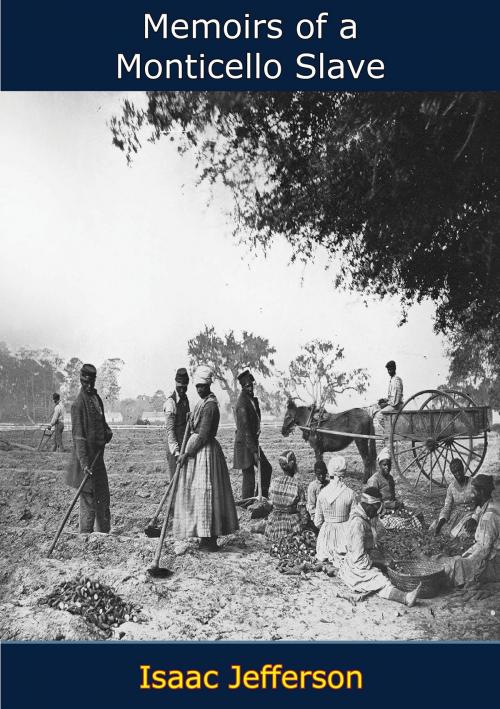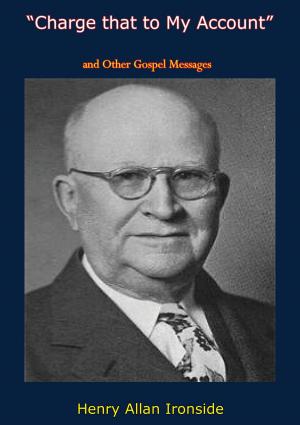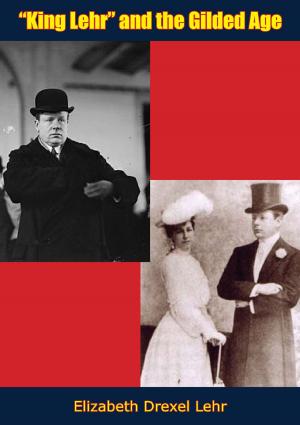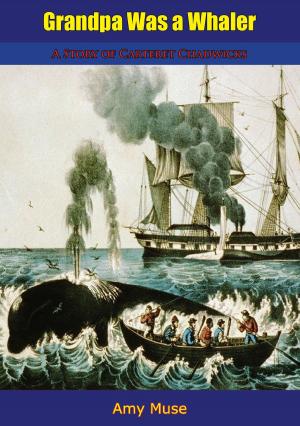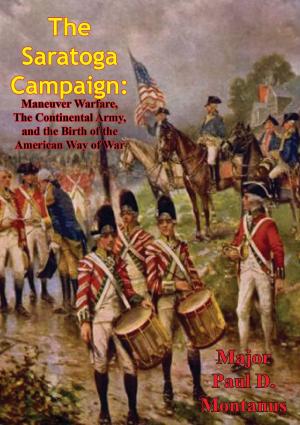Memoirs of a Monticello Slave
As Dictated to Charles Campbell in the 1840’s by Isaac, One of Thomas Jefferson’s Slaves
Nonfiction, History, Military, Other, United States, Americas, 20th Century| Author: | Isaac Jefferson | ISBN: | 9781787208308 |
| Publisher: | Papamoa Press | Publication: | January 12, 2017 |
| Imprint: | Papamoa Press | Language: | English |
| Author: | Isaac Jefferson |
| ISBN: | 9781787208308 |
| Publisher: | Papamoa Press |
| Publication: | January 12, 2017 |
| Imprint: | Papamoa Press |
| Language: | English |
This book, first published in its present form 1951, is a collection of reminiscences by Isaac Jefferson, a tinsmith, blacksmith, and nailer at Monticello, and valued, enslaved artisan of U.S. President Thomas Jefferson. In the 1840 census he was recorded as Isaac Granger, a free man working in Petersburg, Virginia, and it was there that the Rev. Charles Campbell interviewed him and went on to publish his memoirs under the name of Isaac Jefferson in 1847.
“The reminiscences are confined to what Isaac saw and heard. They recount the simple events which even an illiterate slave, possessed of normal sight and hearing at the time of the events, could intelligently observe. Isaac Jefferson was obviously not mistreated by his masters. He did not, however, indulge in nostalgia about the “good old days.” The very simplicity of his story is its best watermark of authenticity.”—Introduction by Rayford W. Logan
This book, first published in its present form 1951, is a collection of reminiscences by Isaac Jefferson, a tinsmith, blacksmith, and nailer at Monticello, and valued, enslaved artisan of U.S. President Thomas Jefferson. In the 1840 census he was recorded as Isaac Granger, a free man working in Petersburg, Virginia, and it was there that the Rev. Charles Campbell interviewed him and went on to publish his memoirs under the name of Isaac Jefferson in 1847.
“The reminiscences are confined to what Isaac saw and heard. They recount the simple events which even an illiterate slave, possessed of normal sight and hearing at the time of the events, could intelligently observe. Isaac Jefferson was obviously not mistreated by his masters. He did not, however, indulge in nostalgia about the “good old days.” The very simplicity of his story is its best watermark of authenticity.”—Introduction by Rayford W. Logan
